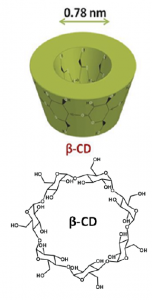S-1229
Technology
S-1229 is being developed for clinical indications such as asthma, chronic obstructive pulmonary diseases (COPD), cystic fibrosis (CF), acute lung injury (ALI), acute respiratory distress syndrome (ARDS), and other lung pathologies characterized by pulmonary surfactant dysfunction. In the body, pulmonary surfactant coats the surface of the lung and keeps the surface tension low. This is extremely important, as low surface tension is required to allow the air sacs of the lungs to properly inflate and to avoid lung collapse. When pulmonary surfactant is not properly working, the lung becomes stiff, the work of breathing increases, and gas exchange is impaired. Such dysfunction can occur after sepsis, pneumonia, and the above mentioned indications.There has been a tremendous effort in the past to address this problem by administrating exogenous replacement surfactant but without success. We propose a more targeted approach, based on Dr. Amrein’s (a member of our scientific research team) recent discovery of the mechanism of surfactant dysfunction, which is cholesterol dependent.
Understanding the important role of cholesterol has led us to an experimental treatment whereby the cholesterol-sequestering compound methyl-beta-cyclodextrin (MBCD) would reverse the surfactant dysfunction in conditions such as CF, ventilator-induced lung injury (VILI) asthma, COPD, bronchiolitis, ALI & ARDS.
Pre-clinical Studies
Thus far, early stage studies have been completed in a mouse model of ALI/ARDS. When aerosolized MBCD was delivered into the lungs, surfactant function was restored. The next phase of studies will revolve around quantifying the efficacy of the treatment in restoring lung function.

